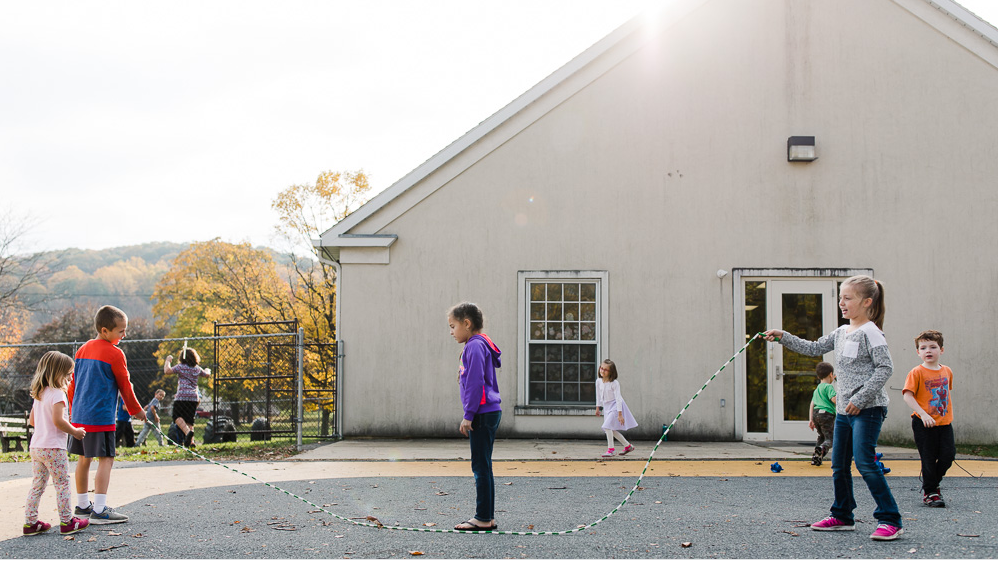
Providence Hybrid Academy, serving Pennsylvania’s Lehigh Valley, offers outdoor play, meaningful friendships, and a supportive community of like-minded parents influenced by the work of Charlotte Mason, a 19th century British educator and strong Christian believer.
Editor’s note: This commentary from Colleen Hroncich, a policy analyst at the Cato Institute’s Center for Educational Freedom, and Sharon Sedlar, founder and president of PA Families for Education Choice, appeared last week on realclearpennsylvania.com.
Enrollment in Pennsylvania district schools has fallen slightly more than 3% since 2019-20 – a drop of nearly 51,000 students. At the same time, homeschooling and private school enrollment have risen 53% and 5%, respectively.
There has clearly been an uptick in parents selecting options beyond their local district school, and the trends don’t show any signs of slowing as another school year wraps up.
Two increasingly popular options are microschools and hybrid schools. Unfortunately, these are often choices that seem foreign and complicated to many parents, keeping families who would likely thrive in one of these options from taking the leap.
The models don’t necessarily have strict definitions, and the terms aren’t mutually exclusive. A microschool can be a hybrid school, and vice versa. All of this can add to the confusion for parents exploring their options.
Microschools, as the name implies, are small – sometimes consisting of fewer than 10 children in a close age range. A larger microschool might serve 100 or so students in small, multiage groups, like ages 7-9, 10-13, and so on.
Microschools often place students based on where they currently are in a subject area rather than relying solely on their age. They also tend to be more student-directed compared to a conventional classroom, with learning coaches, tutors, or guides there to help the kids learn. There may or may not be a formal curriculum.
Hybrid schools utilize a combination of at-school and at-home learning, but there can be much variety in how they are structured. Students may meet in person two days and learn at home three days, or the other way around. Some hybrids meet half days in person, while the rest of the time is spent at home.
Parents, students, and teachers often call it the “best of both worlds,” as their children get the support of in-person instruction and the flexibility of homeschooling. No wonder recent polling shows 55% of Pennsylvania parents are interested in some level of hybrid schooling.
To continue reading, click here.